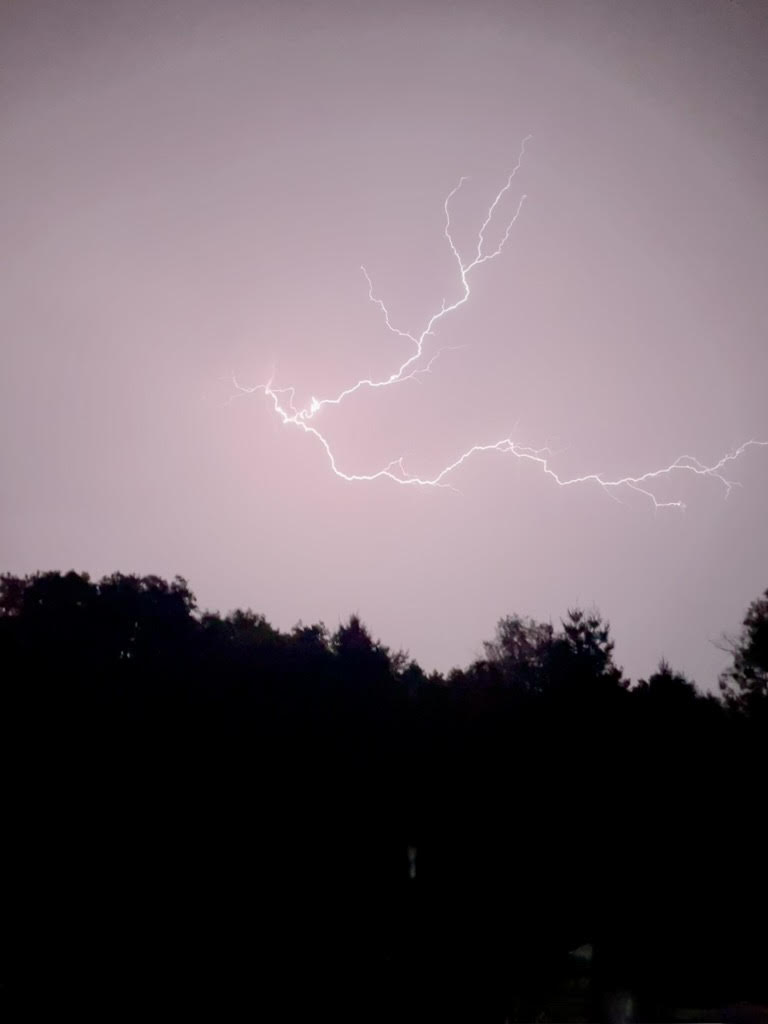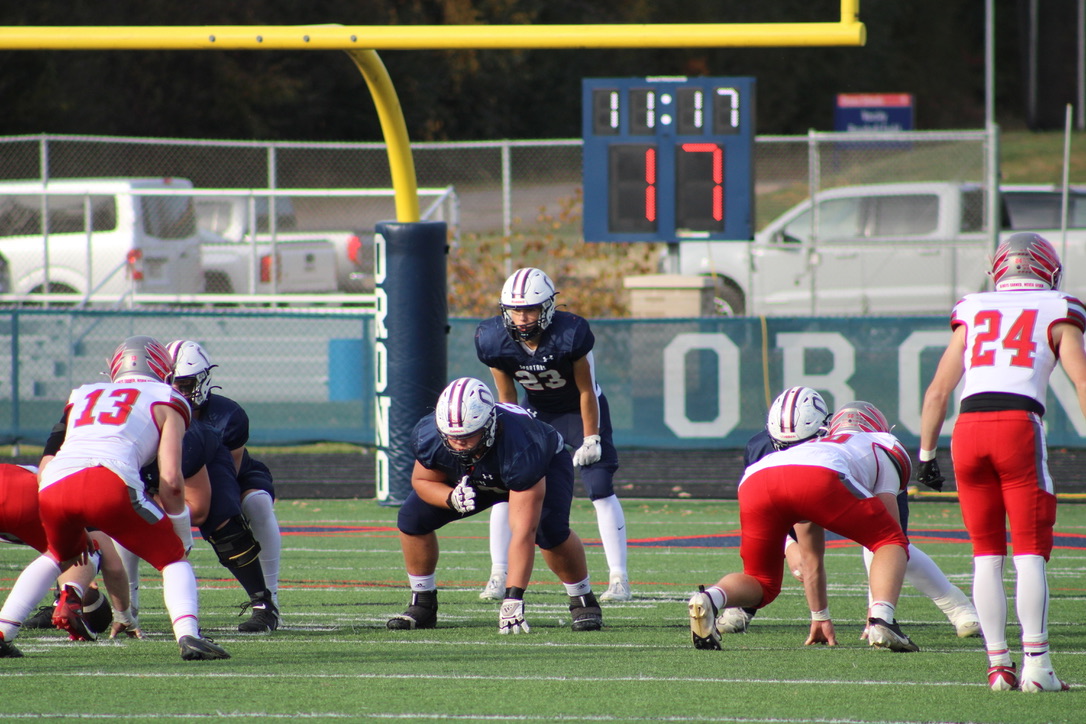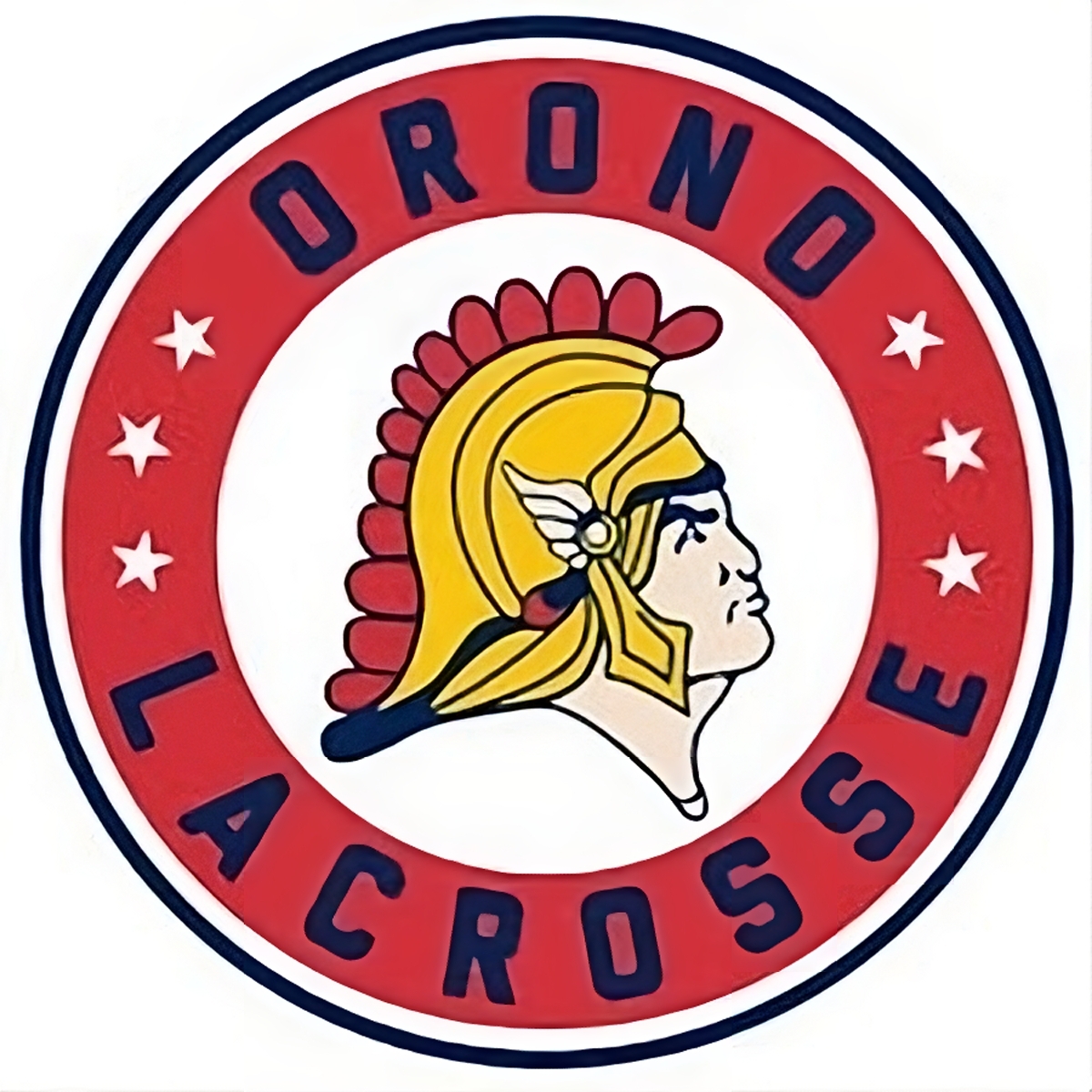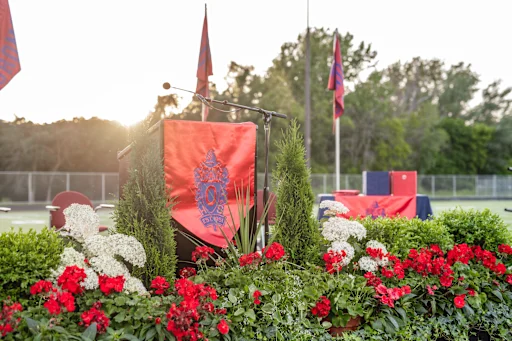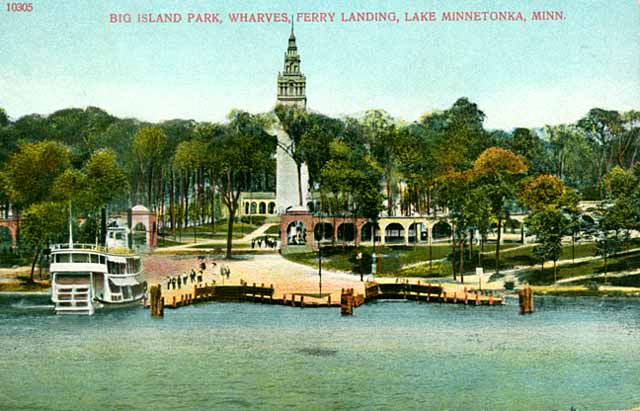The History of Orono, Minnesota
The town of Orono has a long and fascinating history. Read further to learn more!
Early History
The story of Orono began in 1858, the same year Minnesota became a state, when the area was surveyed along with the rest of western Hennepin County. What is now Orono was split between the townships of Medina and Excelsior. However, few settlers moved into the region until after the Dakota War of 1862, which combined with the ongoing Civil War, made travel difficult. Afterwards, a rush of people came into the area and started farming on homesteads; most of them of English descent. In fact, Minnesota was often regarded as “the New England of the West” until large numbers of Germans, Norwegians and Swedes also decided to call the area their home.
Creation of the Township of Orono
Another border change came on April 9th, 1889, when all the land north of Navarre was ceded to Medina township. Also, due to the large size of Medina township, it was decided that the land would be split in two. The north remained Medina, and the south, which would later be named Orono, was free to name and govern itself. Many of the original settlers, such as the famous politician, George Brackett, had come from Orono, Maine and wanted their new town to bear this name as well. Orono came from the surname of the just and long-lived Penobscot chief, Joseph, who unified his tribe to help the Americans win the Revolutionary War. The settlers thought that the name was fitting, and with a total of ninety-two petitioners, the town of Orono was born in 1889.
Life in Orono
After its founding, Orono quickly became an industrious town. For the homesteaders, grains such as corn, barley, oats and rye were popular to grow; as were ginseng and sorghum. The area was also well known for its apples that grew in many different family-owned orchards, and berries, which were frequently sold to canning companies in nearby towns such as Minnetonka. One of the biggest industries, however, was dairy. Starting in the 1890s, dairy farming proved a profitable venture for many farmers, and for decades, the bovine tradition would continue. In 1906, the community of Long Lake broke with Orono and formed their own township. Electricity came to Orono in 1914 and to Long Lake the next year. In the following decades, the people of the area would continue to spend their days hunting, fishing, swimming, attending social events and enjoying their lives near the great Lake Minnetonka.
Modern History
In 1968, Orono High School was built, a very modern structure compared to the many one-room schoolhouses that once dotted the area. The school district would expand in following years, with middle, intermediate and elementary schools being built. The town would grow as well; from only 200 people in 1880 to over 8,000 in the present day. Both the town of Orono and its school district consistently rank in the top in the state. This can be attributed to the community’s strong bond and willingness to work together to make their town and the surrounding area a great place to live.
Source: Orono, Minnesota: 100 Years “By the Waters of Minnetonka” By Peter Clausen






